by Sulin Ngo
What is “built equity?” How does design and planning influence our physical environment — and how does it impact a community’s well-being?
On March 8, Urban Consulate hosts Naimah Bilal and Megan Trischler invited three leaders with Cincinnati roots to share their stories and experiences shaping more equitable places, spaces, and experiences:
Michaele Pride, Professor, Architecture, University of New Mexico
Jonathan Sears, Director and Co-Founder of PAR-Projects
Napoleon Maddox, Artist-in-Residence, Larodia
Defining Built Equity
What does built equity even mean? And what does it have to do with the environment? We started this dialogue the way we always do — with some level-setting definitions. Our guests broke the terms down into their basic building blocks.
Built: “What comes to mind is ‘constructed,’ or ‘manipulated,’ usually by humans,” said Professor Michaele Pride.
Equity: Jonathan Sears referenced the famous cartoon drawing of kids looking over a fence as a reminder that ‘equity’ is not just about money, but also about who has access to opportunities, and a future.
Environment is something that influences people, and that people carry with them, according to Napoleon Maddox. “It is social, cultural, political, physical and economic.”
Why Built Equity Matters
Because communities matter. “I’m motivated by and appalled by the inequities I see as a Black woman, as an architect. Environmental design is a tool to create a more equitable and a more just environment,” said Professor Pride.
Because its potential extends beyond here and now. “If your life's work can be accomplished in one lifetime, you're not thinking big enough. Built equity asks, ‘How can you make change that will be ongoing and long lasting?’” said Sears.
How to Create Built Equity
Be ready to start from scratch. “I’m a different kind of builder than Michaele or Jonathan – but my father was a serious builder. He came from a time when things weren’t given or sold to Black people, so he had to build. So my way of thinking as an artist and as a person is – if it's not there and I want it to be there, it's something that I need to be willing and ready to build,” said Maddox.
Be inclusive. “Let's examine every aspect of the way we teach, who we teach, with whom we learn. Everybody comes with expertise in their own lives. The more voices we have around us participating in that process, the more lively, rich and equitable that environment will become,” said Professor Pride.
Think outside of the box – like kids! “How far are we letting kids push our imaginations? They're not thinking about the rules, they're thinking about how far I can jump or throw this thing. By incorporating their influence - maybe we'll create something surprising in the process,” said Sears.
Reflection & Discussion
As we move about in our daily lives, we can see the effects of built equity in our communities by asking ourselves questions like: Who has access to bathrooms and water fountains? Shelters and well-lit streets? Whose faces are represented in art?
We challenge you to continue the conversation and explore how you can create built equity in your communities. What's one advance towards built equity that you're longing to see in your neighborhood or city?
____
Urban Consulate brings people together to share ideas for better cities. In Cincinnati, monthly salons are hosted by Naimah Bilal and Megan Trischler in partnership with Afrochine, The Mercantile Library and the Carol Ann & Ralph V. Haile, Jr. Foundation. For past & future conversations, click here.

